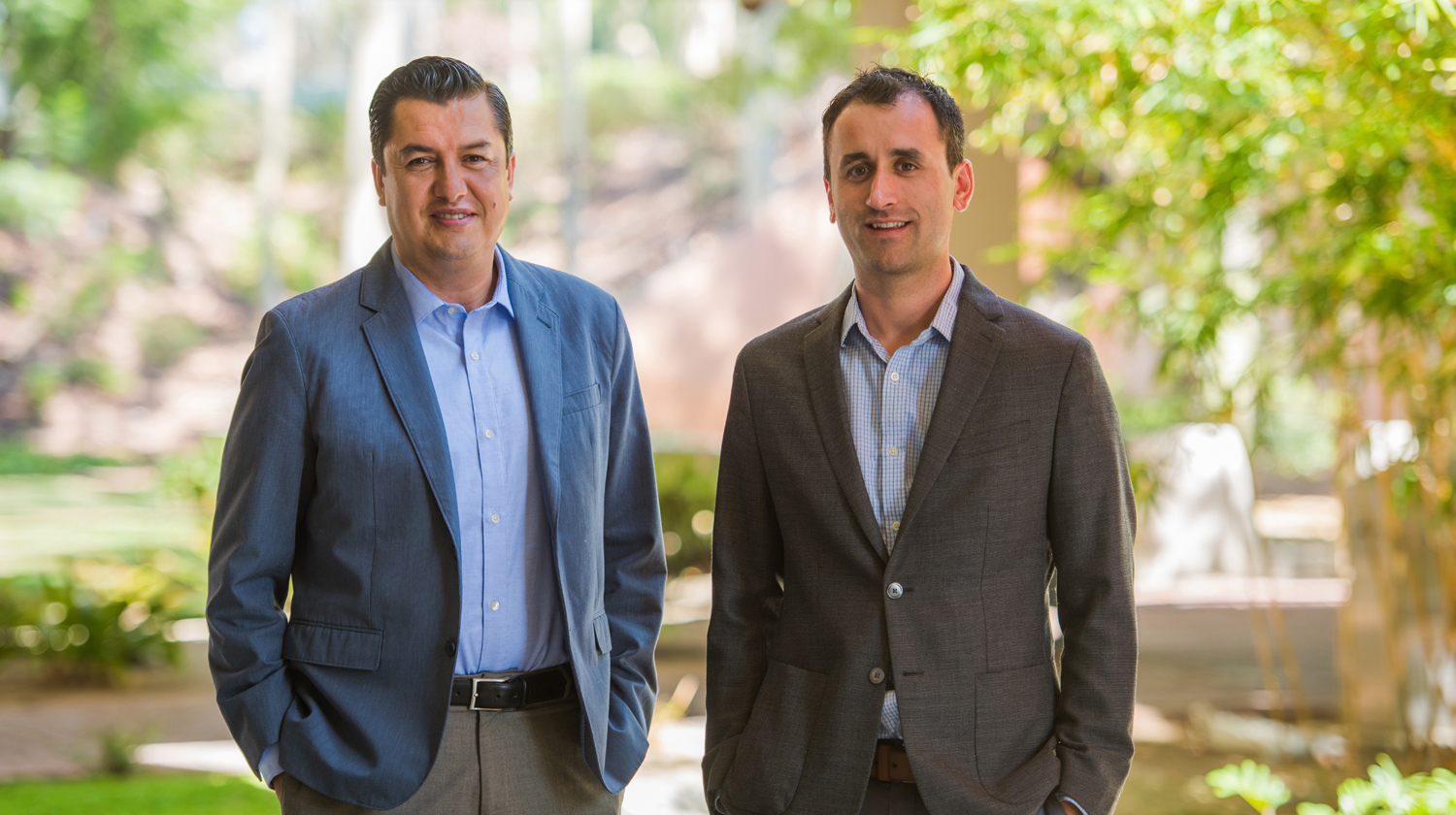 Telecommuting in Los Angeles has boomed in recent years despite persistent push back from workplace managers, who still prefer keeping an eye on their employees, a Cal State Dominguez Hills study has found.
Telecommuting in Los Angeles has boomed in recent years despite persistent push back from workplace managers, who still prefer keeping an eye on their employees, a Cal State Dominguez Hills study has found.
Still, that report said, working away from the office is a trend that will likely continue unabated – and employers need to get on board. That’s because, researchers said, telecommuting, increasingly popular among younger workers, leads to increased productivity, lower real estate costs and improved quality of life.
The university’s South Bay Economics Institute, in Carson, will present the 23-page report – “South Bay Trends in Commuting, Real Estate and Flexible Workplace Practices” – at a conference for local government and business leaders Wednesday, Jan. 16, in Torrance. The university’s economics institute will co-sponsor the conference with the South Bay Workforce Investment Board and South Bay CitiesCouncil of Governments.

“The key takeaway is that the workforce of the future will be flexible and be mobile,” said Fynn Prager, a Dominguez Hills assistant professor and co-director of the institute, “and job seekers and employers need to prepare for that shift.
“The million dollar question is,” he added, “’How can we encourage more telecommuting (now)?’”
In 2017, 40 percent of Los Angeles workers had the option of telecommuting – a “staggering” increase from the 16 percent who could work remotely in 2009, the report said.
In the South Bay, meanwhile, few workers telecommuted in 2016: just 5.1 percent. That’s a small increase compared to 2009, when about 4.6 percent of employees worked from home.
In Torrance, the South Bay’s largest city, about 4.8 percent of workers telecommuted in 2016, a 0.6 percent rise from 2009.
Gardena had the lowest rate of telecommuting, with 2 percent of workers doing so. That city, in fact, was one of four in South Bay where the percentage of those working from home dropped between 2009 and 2016.
But those decreases were offset by large gains in other communities during that seven-year span.
Palos Verdes Estates, for example, had the largest percentage of people working remotely in 2016, at 12 percent – a 3.6 percent jump from 2009. Neighboring Rolling Hills was next, at 11.3 percent; next were Manhattan Beach at 10.2 percent and Rancho Palos Verdes at 9.7 percent.
The common denominator among those communities is their real estate, some of the most expensive in the South Bay.

Higher rates of affluence and education, Prager said, are tied to higher numbers of telecommuters.
Workers in those cities, when they go into the officer, also have some of the longest commutes in the South Bay, the study found, with Rolling Hills leading the way at 36.8 minutes.
But as telecommuting rates gradually rose from 2009 to 2016, transit usage in the South Bay also declined – 0.3 percent during that period.
Yet, getting more people out of their cars faces significant obstacles, Prager said, even as traffic worsens and travel times rise.
In focus groups, employees were hesitant to work from home because they feared being out of the loop or simply unseen in the workplace, Prager added. And managers often wanted to keep an eye on workers in person rather than via phone or computer.
Nevertheless, Prager said he believes the telecommuting trend is unstoppable – and companies will inevitably get more comfortable with it.
“My sense is it’s just a long-term process,” he said. “The chances are we’re going to see a movement toward more mobile workforces anyway because of this younger generation.”
Source: Daily Breeze